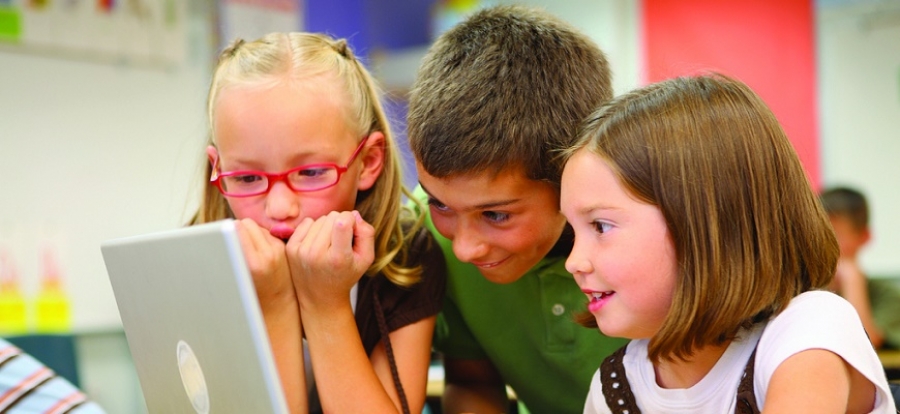Most pupils will be able to work on a central task, either independently, or with a bit of help from their peers or the teacher. There may be other pupils in the classroom, however, who struggle to connect with the material in this task. This might be due to learning difficulties, or perhaps they just struggle with the type of task set, and need something a little more tailored to their style of learning.
This is where personalisation comes in; the practice of teaching the same subject to a range of pupils while providing level-appropriate content and tasks to various pupils in the classroom. Everyone learns the same content, it is simply presented in different ways so that each pupil can work towards the outcome of the lesson in their own way, allowing them to reach their full potential. But how can teachers provide and manage this type of learning effectively?
The answer may lie in technology. We’re seeing more and more schools making use “Everyone learns the same content, it is simply presented in different ways.”of tablet devices in the classroom, which means that pupils have hands-on access to interactive and dynamic content at their fingertips, including video, images and sound. Teachers can also show content on the front-of-house display and link this into the tablets, allowing the pupils to contribute to a whole-class activity.
Using this collaboration can be a great start in ensuring your pupils are all able to understand the content. You could ask pupils to work in pairs, making sure that children with different strengths are working together, and ask them to work on a task together, as this will give them a greater chance of success than they may have had on their own. The technological component means that their work can then be transferred to the whiteboard display, and the collaboration moves further as pupils discuss the findings and work of their peers.
This method can also be used in reverse to differentiate the material that pupils are using in the classroom. From their own computer or tablet, the teacher can push content to the devices of everyone in the group, certain sections of the class, or individuals. For example, if working with digital quizzes, you could send one task that asks pupils to name certain elements a topic, whereas to other pupils who might struggle with spelling, you might send a drag-and-drop or multiple choice exercise that allows them to choose words that correlate with images or questions. This consolidates their understanding without slowing their progress. After all, it might not be the subject itself that they struggle with!
Technology also gives teachers the ability to monitor the work being done by their pupils digitally. By accessing the devices of each pupil, you can determine if anyone is struggling to complete their task or has perhaps become distracted. Admitting that they’re stuck on something or finding the task hard can be difficult for pupils, as they may feel that they aren’t good enough and lose confidence. In using the information from their device, you can then approach them individually and lend a hand, without the pupil feeling like they have to admit defeat, or that they’re being called out in front of the class. This protects their self-confidence and allows them to pick up the work and try again.
Children in the 21st Century are digitally native, so for most the use of interactive technology will be very familiar “You can determine if anyone is struggling to complete their task.”and engaging, meaning they’ll often find it easier to stay on track and complete the work. Not only this, but the digital skills developed in this way will also be of great benefit to your pupils as they move through school and into the world of work.
Of course, discussing the benefits of technology is all well and good if the school has access to devices that can be used in this way. Many schools have invested in tablets for their pupils, but most are struggling to provide 1:1 provision. However, the majority of young people will have access to some form of tablet or smart device at home, so many of them will be able to contribute to a bring your own device (BYOD) model.
The main concern with this for schools and teachers is that the use of external devices on the internal network could cause security issues, especially with many schools now operating a cloud-based system where pupils can access any information stored there. However, with proper training and appropriate monitors in place, both on the network and in the classroom, schools can be sure that the material being accessed on-site is appropriate and safe, and that the data stored in their systems is secure (any information stored in the cloud should be non-sensitive!).
Getting this type of technology into the classroom can improve the learning experience for all pupils and ensure that each one of them is able to reach their full potential. And this can be done across the whole curriculum, so that the technology is well-used and a worthwhile investment. Even with the technology already at their disposal, teachers can create personalised learning experiences for all pupils, no matter what their strengths and weaknesses are.
How do you personalise learning? Let us know below.


















